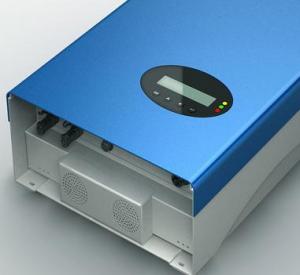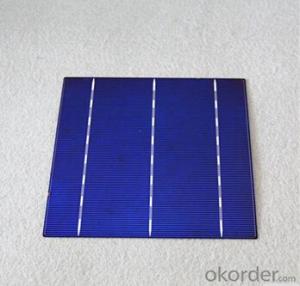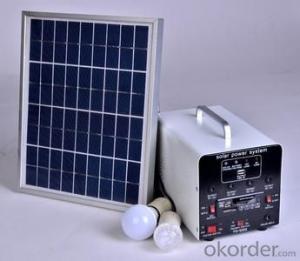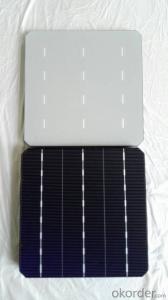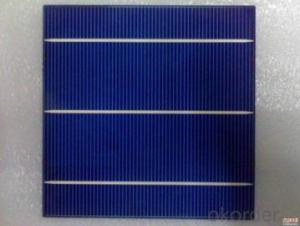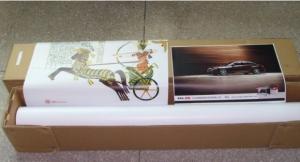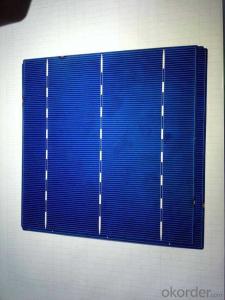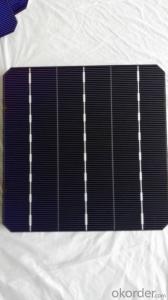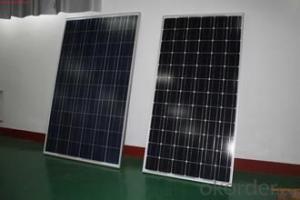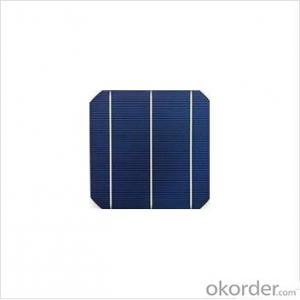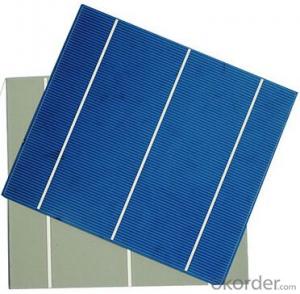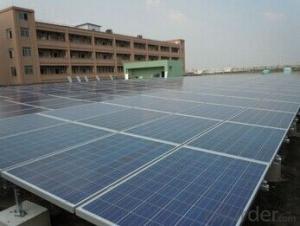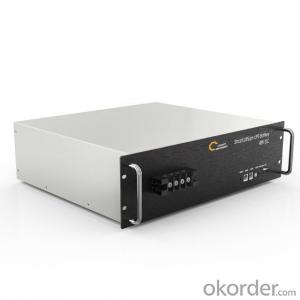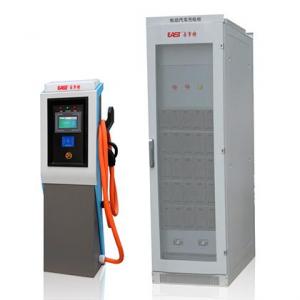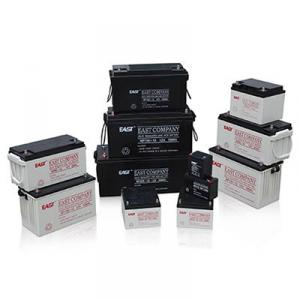Printed Solar Cells
Printed Solar Cells Related Searches
Printable Solar Cells Printed Organic Solar Cells Screen Printed Solar Cells Printed Solar Cells Technology Organic Printed Solar Cells Printable Organic Solar Cells Screen Printing Solar Cells Printed Solar Cells For Sale 3d Printed Solar Cells Printed Solar Cells Efficiency Printing Solar Cells At Home Csiro Printed Solar Cells Chipped Solar Cells Plant Based Solar Cells Photovoltaic Solar Cells Pretabbed Solar Cells Folding Solar Cells Foldable Solar Cells Creating Solar Cells High Performance Solar Cells Production Of Solar Cells Floating Solar Cells Pre Tabbed Solar Cells Polymer Based Solar Cells Custom Solar Cells Home Built Solar Cells American Made Solar Cells Fiber Based Solar Cells Commercial Solar Cells Compact Solar CellsPrinted Solar Cells Supplier & Manufacturer from China
Printed Solar Cells are a type of photovoltaic technology that utilizes advanced printing techniques to create thin, flexible solar panels. These cells are known for their versatility and can be integrated into various products, such as building materials, consumer electronics, and outdoor equipment. The unique printing process allows for the production of lightweight and cost-effective solar solutions that can be easily customized to meet specific design requirements.Printed Solar Cells have a wide range of applications and usage scenarios, making them an attractive option for both commercial and residential markets. They can be used for powering small devices, such as chargers and outdoor lighting systems, as well as for larger-scale applications like building-integrated photovoltaics and solar-powered transportation. The flexibility and adaptability of these cells enable them to be incorporated into various surfaces, including rooftops, windows, and even vehicles, providing a sustainable and eco-friendly energy source.
Okorder.com is a leading wholesale supplier of Printed Solar Cells, boasting a large inventory that caters to the diverse needs of customers worldwide. With a commitment to quality and customer satisfaction, Okorder.com ensures that the Printed Solar Cells they provide are of the highest standard, meeting the demands of various industries and applications. By offering a comprehensive selection of products and competitive pricing, Okorder.com has established itself as a reliable source for Printed Solar Cells, helping customers harness the power of renewable energy in an efficient and sustainable manner.
Hot Products
